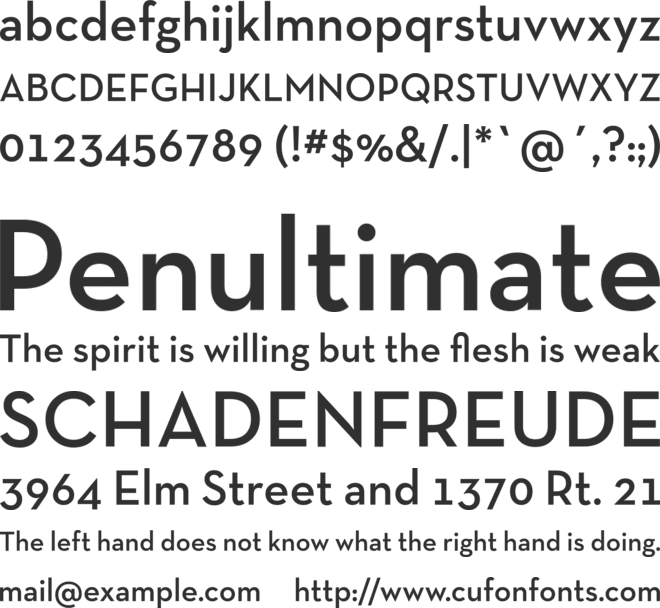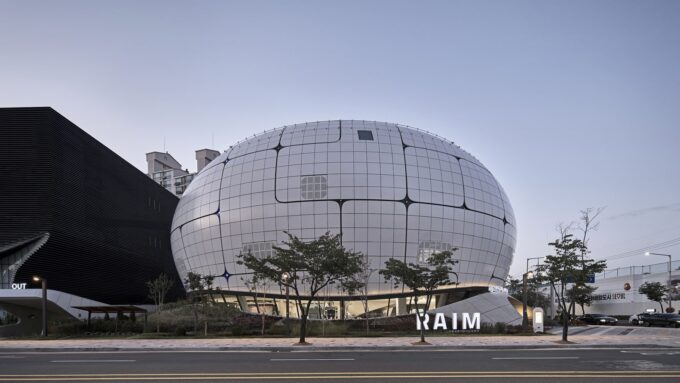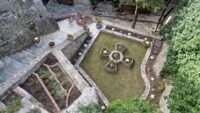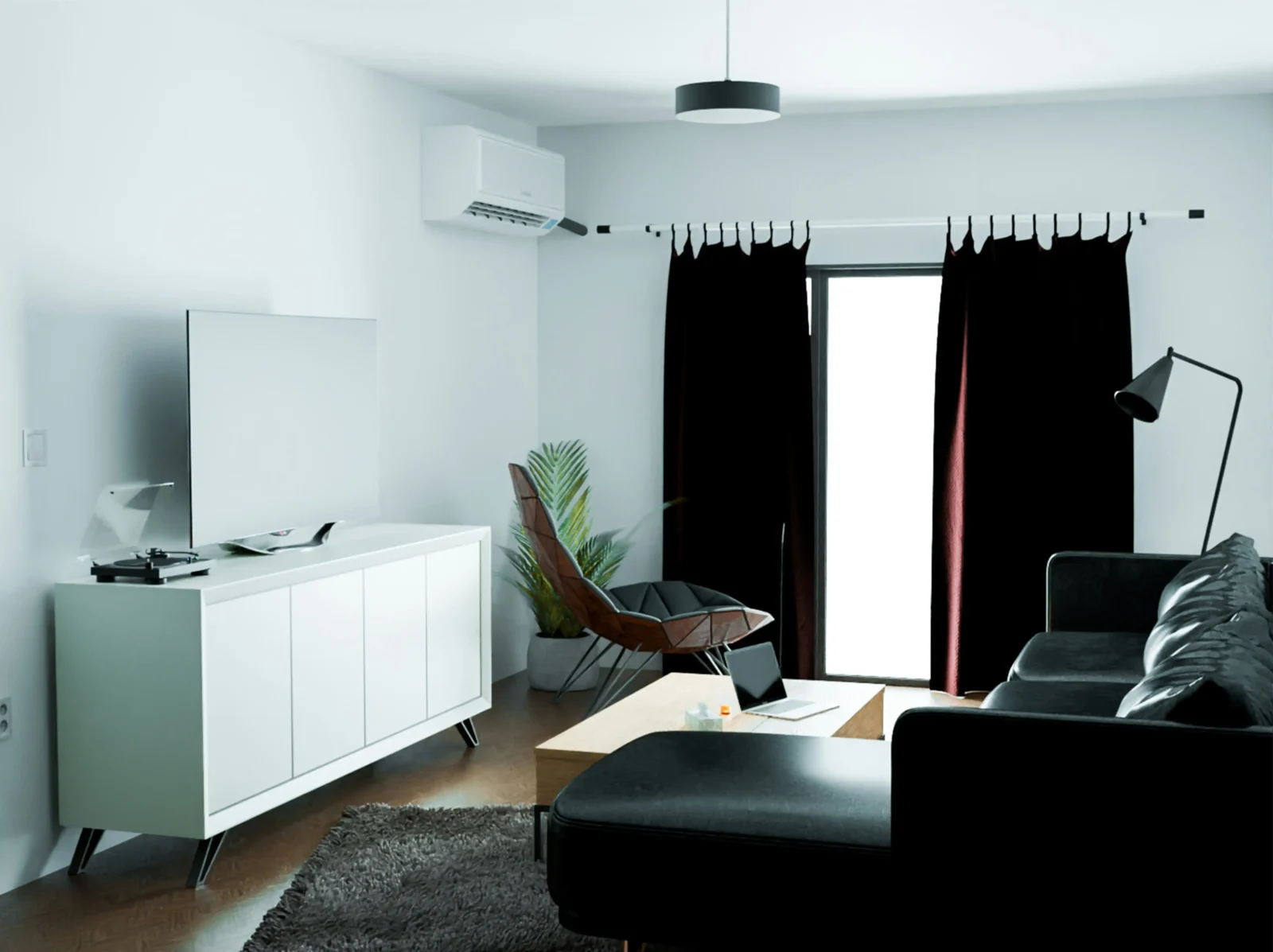- Home
- Articles
- Architectural Portfolio
- Architectral Presentation
- Inspirational Stories
- Architecture News
- Visualization
- BIM Industry
- Facade Design
- Parametric Design
- Career
- Landscape Architecture
- Construction
- Artificial Intelligence
- Sketching
- Design Softwares
- Diagrams
- Writing
- Architectural Tips
- Sustainability
- Courses
- Concept
- Technology
- History & Heritage
- Future of Architecture
- Guides & How-To
- Art & Culture
- Projects
- Interior Design
- Competitions
- Jobs
- Store
- Tools
- More
- Home
- Articles
- Architectural Portfolio
- Architectral Presentation
- Inspirational Stories
- Architecture News
- Visualization
- BIM Industry
- Facade Design
- Parametric Design
- Career
- Landscape Architecture
- Construction
- Artificial Intelligence
- Sketching
- Design Softwares
- Diagrams
- Writing
- Architectural Tips
- Sustainability
- Courses
- Concept
- Technology
- History & Heritage
- Future of Architecture
- Guides & How-To
- Art & Culture
- Projects
- Interior Design
- Competitions
- Jobs
- Store
- Tools
- More
10 Fonts for Architectural Portfolio Design
Typography plays a subtle but powerful role in architectural representation, shaping how drawings, boards, and portfolios are perceived and understood. From schematic diagrams to final presentation panels, font choice influences clarity, hierarchy, and visual identity. This guide explores ten widely used fonts that help architects communicate ideas with precision, consistency, and professionalism.

Do you think about which font you are going to use before you start a project? In their schematic design of their works, architects and designers use graphic elements continuously as expressive means. The drawings in a constant range of techniques, styles and patterns are among them the most common. But one particular fragment that helps them to compose and to identify are the elements comprising boards, panels and drawings, techniques and models, namely the font.
Table of Contents
ToggleHere are 10 fonts to use in your next portfolio:
Spartan

An open-source typeface based on early 20th century American geometric sans serifs. Built out of necessity. Originally designed by Matt Bailey.
Poppins

Geometric sans serif typefaces have been a popular design tool ever since these actors took to the world’s stage. Poppins is one of the new comers to this long tradition. With support for the Devanagari and Latin writing systems, it is an internationalist take on the genre. Many of the Latin glyphs (such as the ampersand) are more constructed and rationalist than is typical. The Devanagari design is particularly new, and is the first ever Devanagari typeface with a range of weights in this genre. Just like the Latin, the Devanagari is based on pure geometry, particularly circles.
Each letterform is nearly monolinear, with optical corrections applied to stroke joints where necessary to maintain an even typographic color. The Devanagari base character height and the Latin ascender height are equal; Latin capital letters are shorter than the Devanagari characters, and the Latin x-height is set rather high.
Open Sans
 Open Sans is a humanist sans serif typeface designed by Steve Matteson, Type Director of Ascender Corp. This version contains the complete 897 character set, which includes the standard ISO Latin 1, Latin CE, Greek and Cyrillic character sets. Open Sans was designed with an upright stress, open forms and a neutral, yet friendly appearance. It was optimized for print, web, and mobile interfaces, and has excellent legibility characteristics in its letterforms.
Open Sans is a humanist sans serif typeface designed by Steve Matteson, Type Director of Ascender Corp. This version contains the complete 897 character set, which includes the standard ISO Latin 1, Latin CE, Greek and Cyrillic character sets. Open Sans was designed with an upright stress, open forms and a neutral, yet friendly appearance. It was optimized for print, web, and mobile interfaces, and has excellent legibility characteristics in its letterforms.
 Neutra Display
Neutra Display
 In honor of the important modernist architect Richard Neutra, graphic designer Christian Schwartz took care of designing the alphabet according to the architect’s layout. Julius Schulman and Dion Neutra also participated in the process. It is highly used in the works of Architecture and Design as a competitor for Futura.
In honor of the important modernist architect Richard Neutra, graphic designer Christian Schwartz took care of designing the alphabet according to the architect’s layout. Julius Schulman and Dion Neutra also participated in the process. It is highly used in the works of Architecture and Design as a competitor for Futura.
Lato

Lato is a sans serif typeface family started in the summer of 2010 by Warsaw-based designer Łukasz Dziedzic (“Lato” means “Summer” in Polish). In December 2010 the Lato family was published under the Open Font License by his foundry tyPoland, with support from Google.
Helvetica

The majority of architects, even without advanced knowledge of graphic design, intuitively select sans serif typefaces, due to its minimalism and straight lines. Among the most used texts, as well as the previous case, Helvetica is notorious among professionals. Built in the twentieth century, by Max Miedinger and Eduard Hoffmann, it is bly associated with modern graphic design, due to its set of lines and layout its designer sought a neutral and concise design.
Century Gothic
 Century Gothic Font is a sans-serif typeface that has been highly used for advertisement purpose since it releases. It is an elegant typeface that is based on an extended Gothic family. The font family came into being many years ago, after which several Versions and styles originated. The Century Gothic font is one of them that is highly used and highly recommended for different purposes.
Century Gothic Font is a sans-serif typeface that has been highly used for advertisement purpose since it releases. It is an elegant typeface that is based on an extended Gothic family. The font family came into being many years ago, after which several Versions and styles originated. The Century Gothic font is one of them that is highly used and highly recommended for different purposes.
Consolas

Widely used for long texts, this font is ideal for competitions and university boards, or even text boxes in graphic details, because of its clean aesthetics and proportion of lines allows long readings without tiring the reader. The typography, designed by Lucas deGroot, is also widely used in books and specialized Architecture magazines. On Windows, this font along with other five (Cambria, Constantia, Corbel, Candara, and Calibri) are among the most used typologies, with no need for external acquisition.
Futura

Created by Paul Renner in the 1920s, this font is a classic Modern Graphic Design. Inspired by Bauhaus techniques, it uses straight lines and curves in syntony, providing balance in the textual set. However, despite the visual cleaning, this font should not be used in long texts, due to the visual exhaustion provoked. Indicated to punctual texts in the architectural boards, such as titles and subtitles. It is highly used for visual identity in corporate buildings.
Montserrat

Finally, you have to notice that using a lot of fonts in your portfolio is not positive. I would rather choose one or two fonts with their various weights. By doing this, the consistency of your portfolio will be emphasized and the portfolio design language will be clear, I included the fonts and used them in the portfolio templates that I prepared to make it easier and faster for you to create your portfolio to impress your teachers and future employers!
- architectural portfolio design
- Architectural Portfolio Fonts
- architectural portfolio templates
- Architectural Presentation Techniques
- architecture portfolio typefaces
- best fonts for architecture portfolio
- clean fonts for portfolio
- Creative Typography
- Design Tools
- elegant fonts for architectural design
- Fonts Selection
- how to design portfolio
- illustrarch portfolio designs
- modern fonts for architects
- Portfolio Aesthetics
- portfolio design for architects
- portfolio templates
- portfolio templates for architects
- professional fonts for portfolio
- Professional Presentation
- Typography for Architects
3 Comments
Submit your architectural projects
Follow these steps for submission your project. Submission FormLatest Posts
10 Common Architectural Symbols and Their Meanings
Architectural drawings rely on symbols to communicate complex ideas quickly and clearly....
Best LED Shop Lights 2026: Brightest Options for Garage & Workshop
In 2026, LED shop lights have become essential for creating safe, efficient,...
Coloring Your Year: Using Traditional Lunar New Year Hues to Transform Your Apartment Décor
Lunar New Year always brings a burst of color and energy, making...
Chandelier Light vs Ceiling Lights: Which Decorative Lighting Works Best for UAE Homes in Winter?
Winter in the UAE doesn’t arrive loudly. It doesn’t announce itself with...













I didn’t know there were so many fonts to choose from. Some of them look nice, but I’m not sure which one I would pick for my project.
I really liked the list of fonts! They seem so cool and helpful for creating a portfolio. I can’t wait to try some of them out in my projects. Thanks for sharing!
This article is really helpful for anyone working on their portfolio. I learned about different fonts like Poppins and Open Sans, which can make a project look professional. It’s interesting to see how these fonts can express different styles in design. I will definitely consider using just a couple of fonts in my work for consistency.